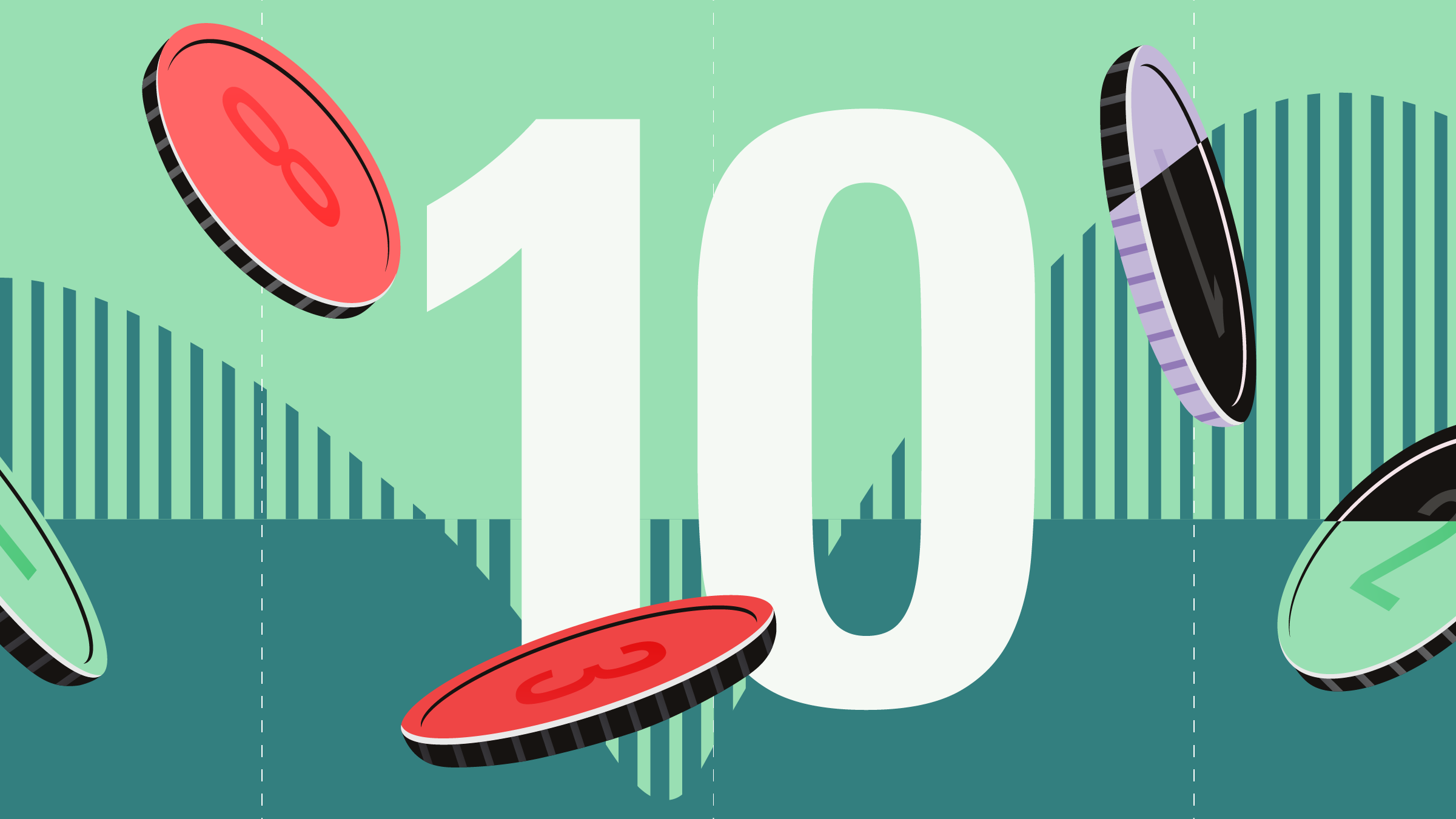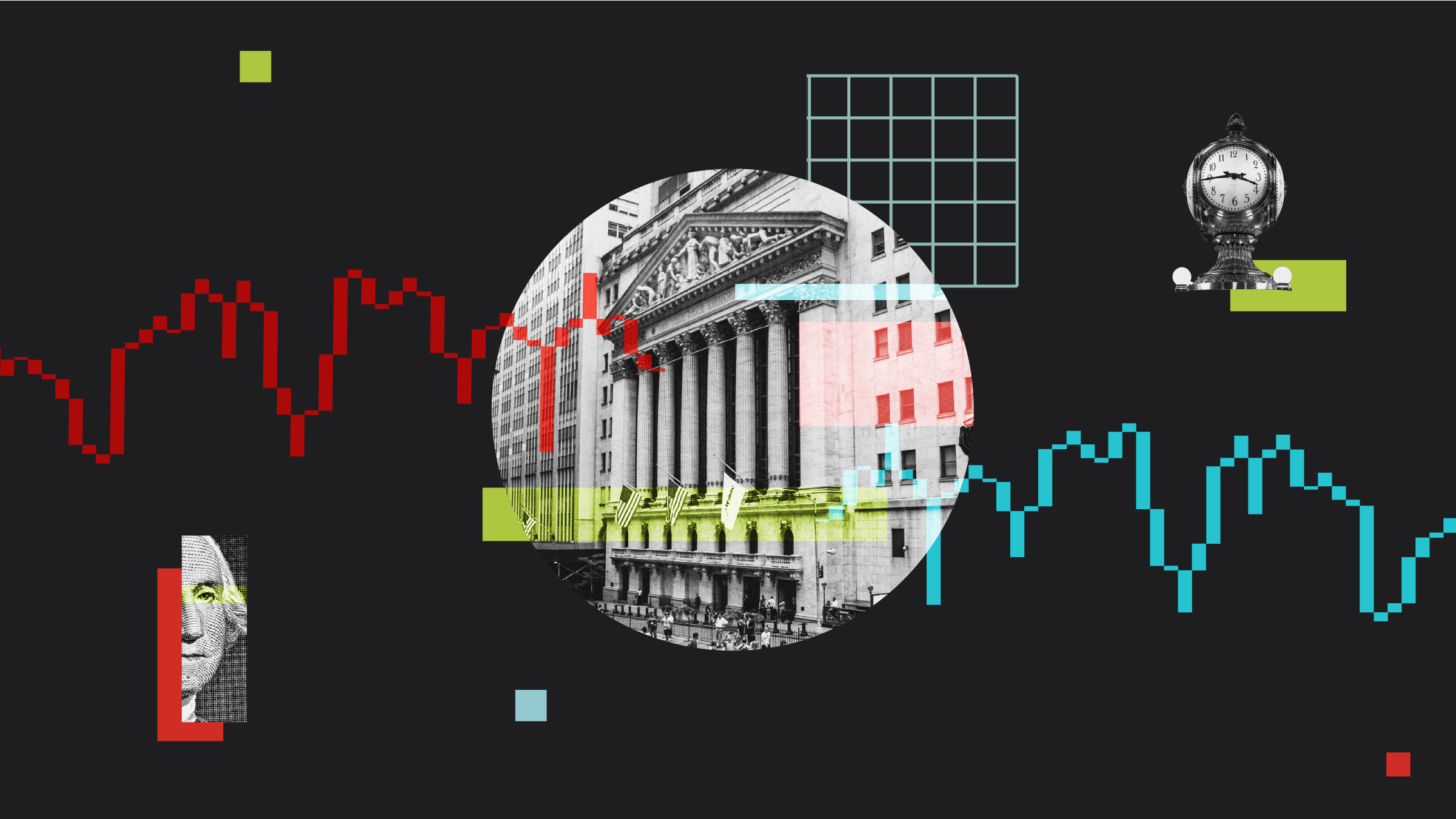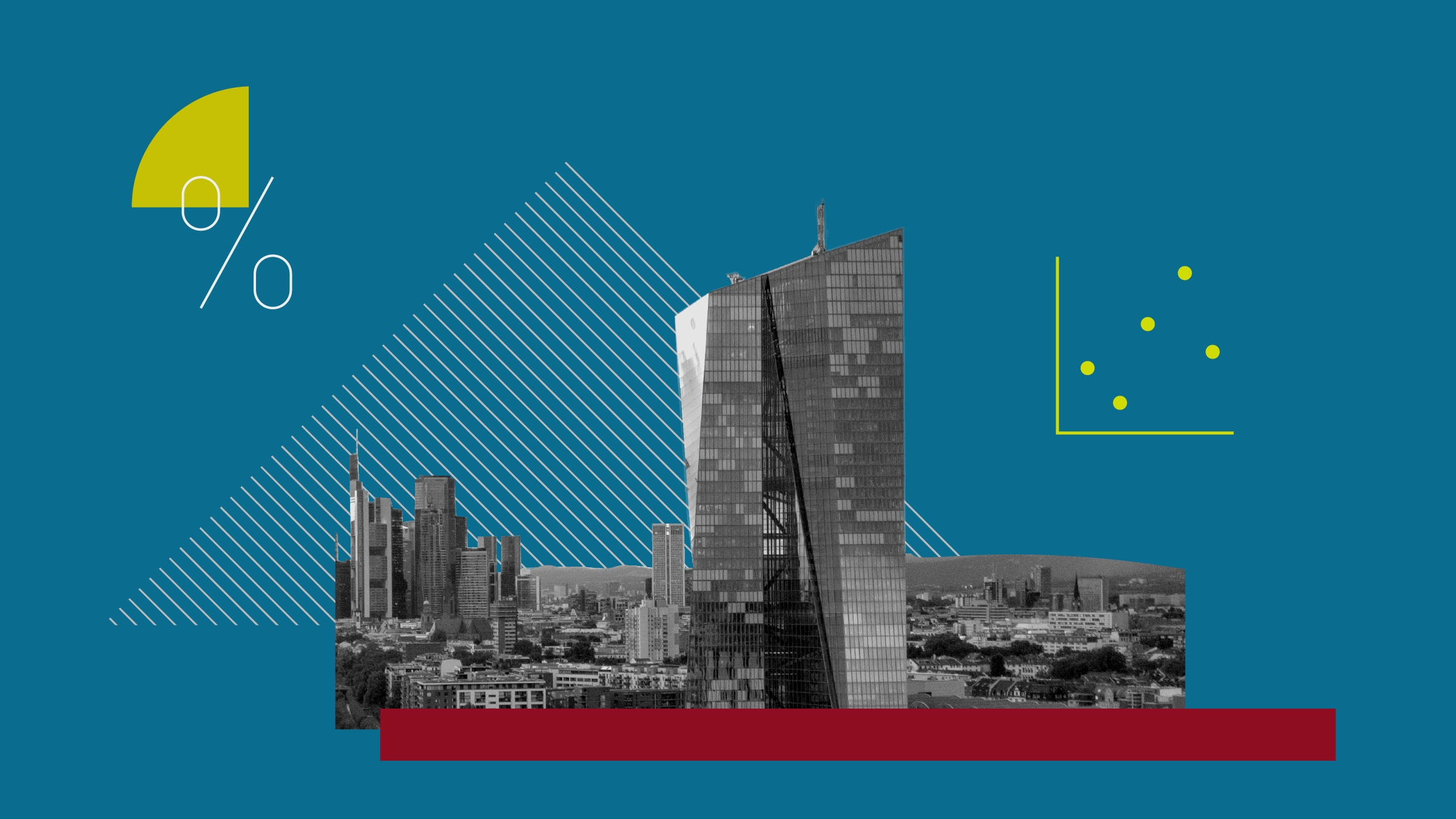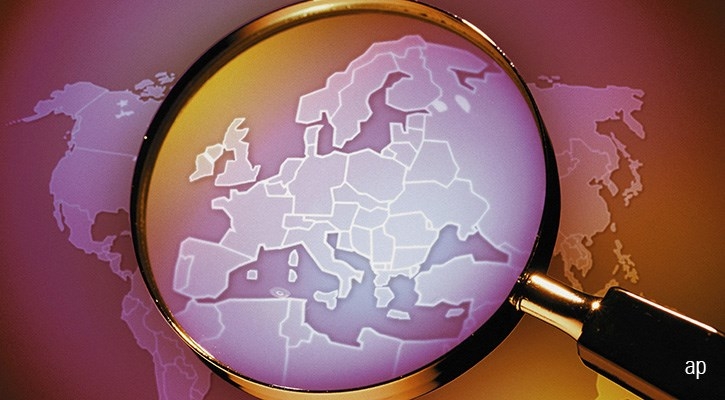(ESG) metrics.
We decided to examine how well socially conscious funds deliver on their promise. First, we searched Morningstar Direct for all Europe-domiciled funds assigned to the three global large-cap Morningstar Categories: large value, large blend, and large growth. We then used the flag that identifies intentionally socially conscious funds to distinguish them from non-socially-conscious funds. Finally, using the Morningstar Sustainability Rating for funds, we mapped socially conscious funds against the defined large-cap universe to observe the relative distribution of their ratings. We found that these funds do have a strong positive bias toward ESG factors as measured by the Morningstar Sustainability Rating.
As illustrated in the exhibit below, 36% of the socially conscious funds that we examined earn 5 globes, more than 3 times what’s expected from the overall universe. At the other end of the spectrum, only 2% of such funds earn 1 globe, while 10% of funds overall earn 1 globe. More than 60% of the socially conscious funds earn 4 or 5 globes, while only 12% earn 1 or 2 globes.
Our sample spans all funds with a socially conscious profile in the three global large-capcategories for European funds. Of the sample of 158 funds, 129 had a Morningstar Sustainability Rating as of July 31, 2016. Socially conscious funds with below-average ratings (less than 3 globes) also tend to have higher controversy deductions. Most of those with low sustainability ratings tend to have a higher exposure to US companies and a lower exposure to European firms. Very few of the socially conscious funds contain a substantial bias toward emerging-markets equities; currently the average exposure to emerging markets is 3%.
Socially conscious funds enjoyed estimated inflows of EUR 2.6 billion in the first eight months of 2016, while the global large-cap categories in aggregate (including socially conscious funds) endured outflows of over EUR 2.6 billion, so socially conscious funds successfully swam against the tide.
Too Few of These Funds
Socially conscious funds generally receive high Morningstar Sustainability Ratings, as one would expect. There’s a strong over-representation among the highest-rated sustainability funds, and very few socially conscious funds have below-average ratings.
A key issue for many investors is that socially conscious funds are still relatively few in number. In the categories considered (global large-cap value, growth, and blend), there are currently 2,256 funds, but only 158 are tagged as socially conscious in Morningstar’s database.
The Morningstar Sustainability Rating is designed to measure the sustainability profile of the current portfolio constituents of any fund and can thereby be used to expand the universe of offerings for investors who are concerned about their sustainability profile. In addition, the sustainability rating is meant to be used as a catalyst to promote discussions between advisors and their clients, as well as between advisors and asset managers.
















